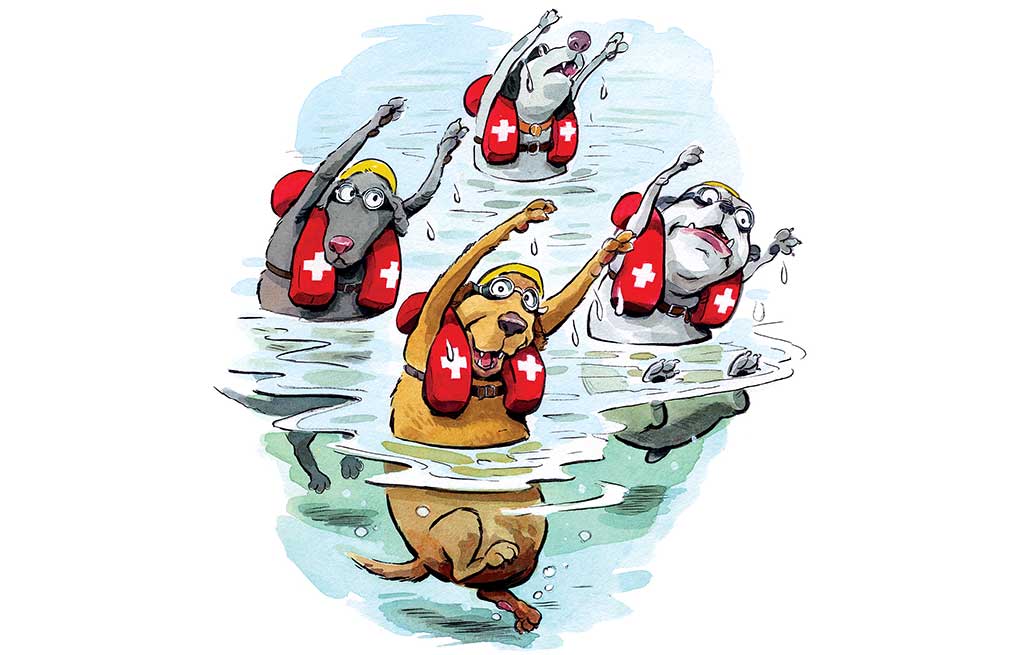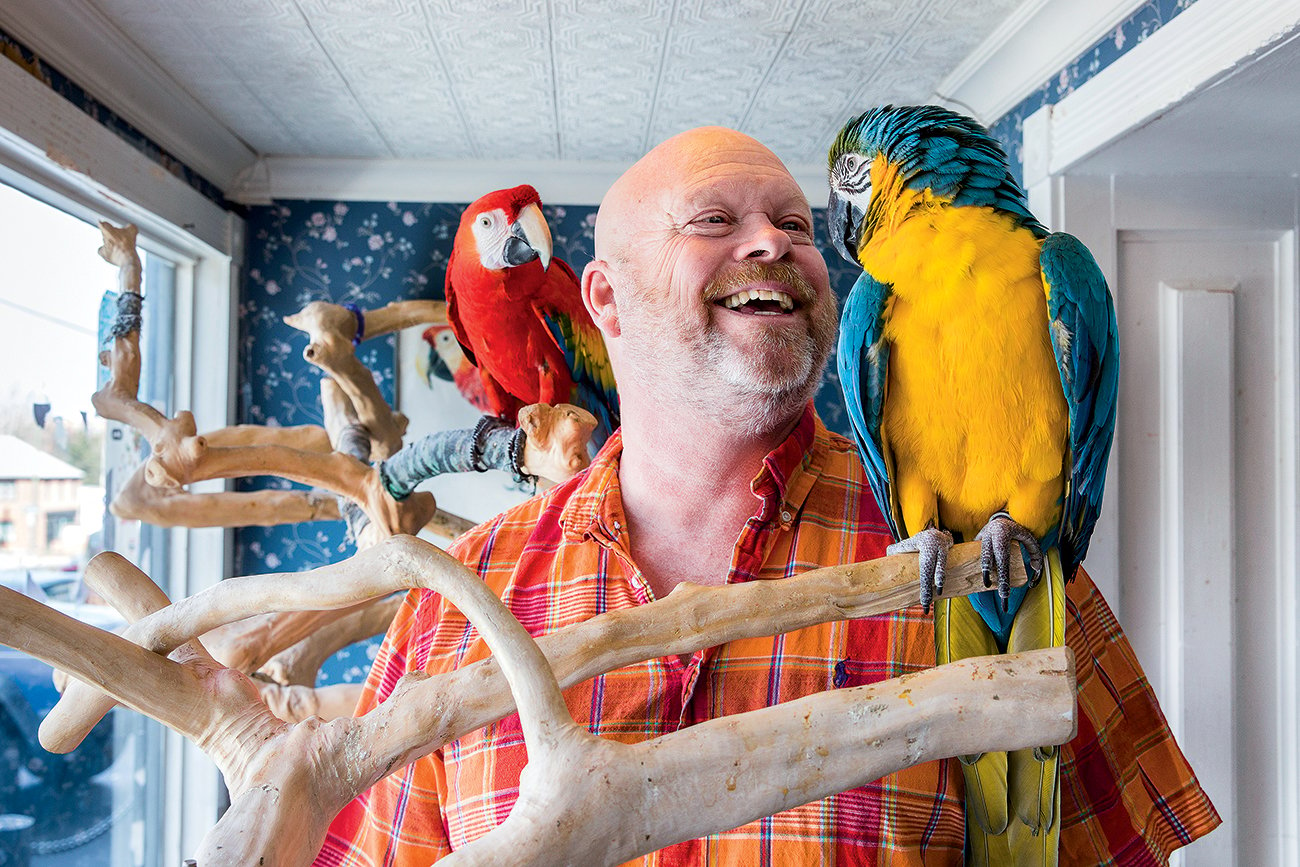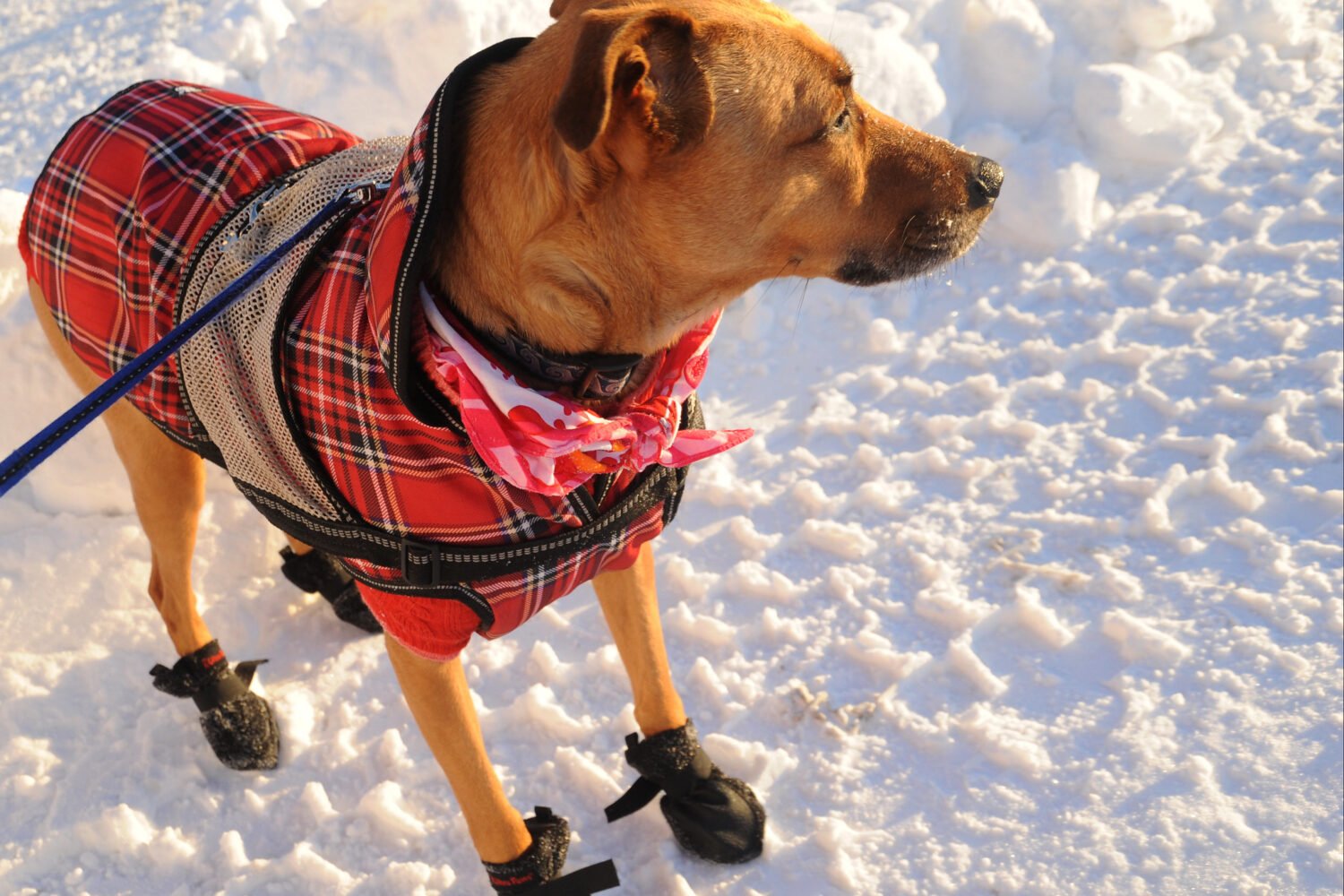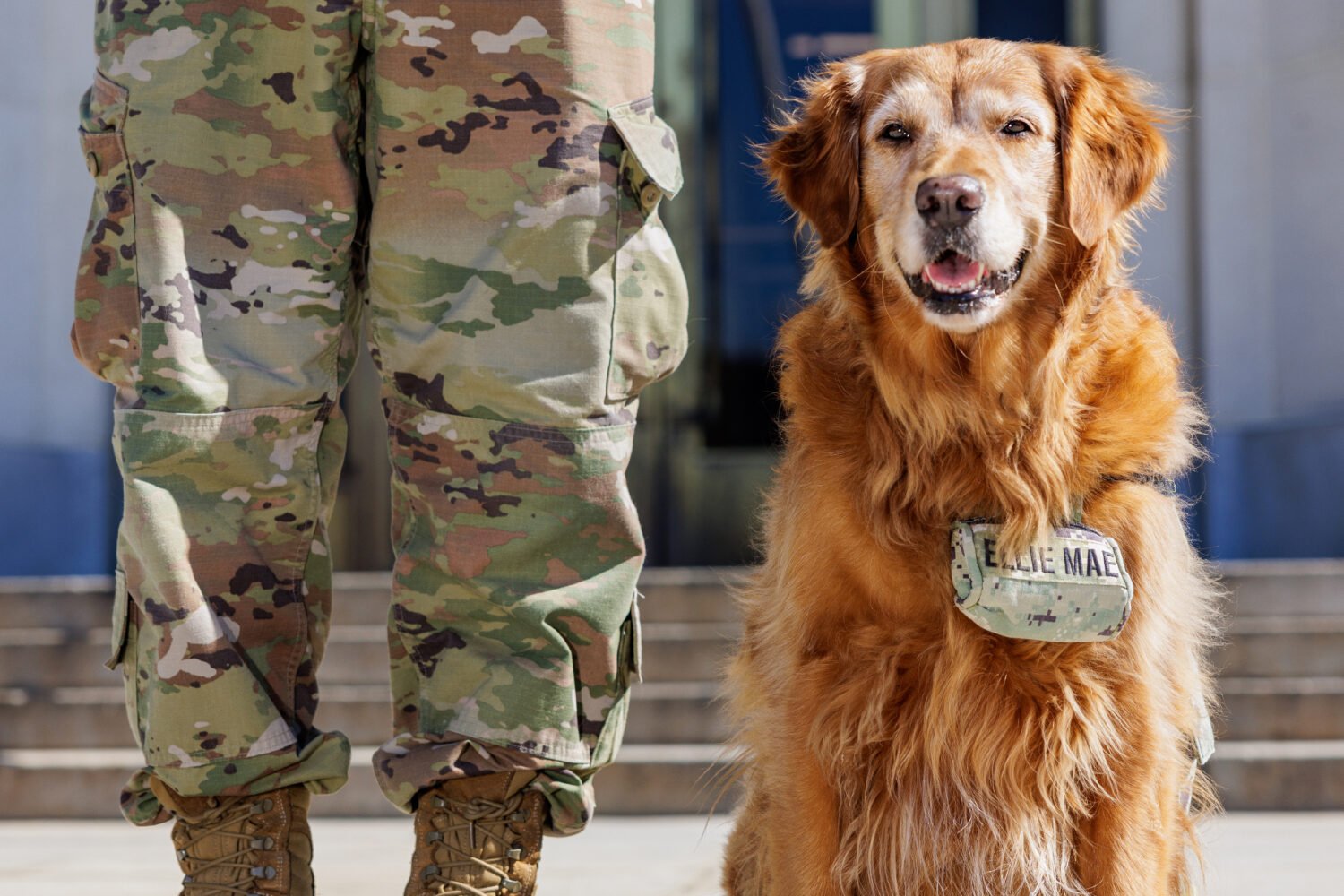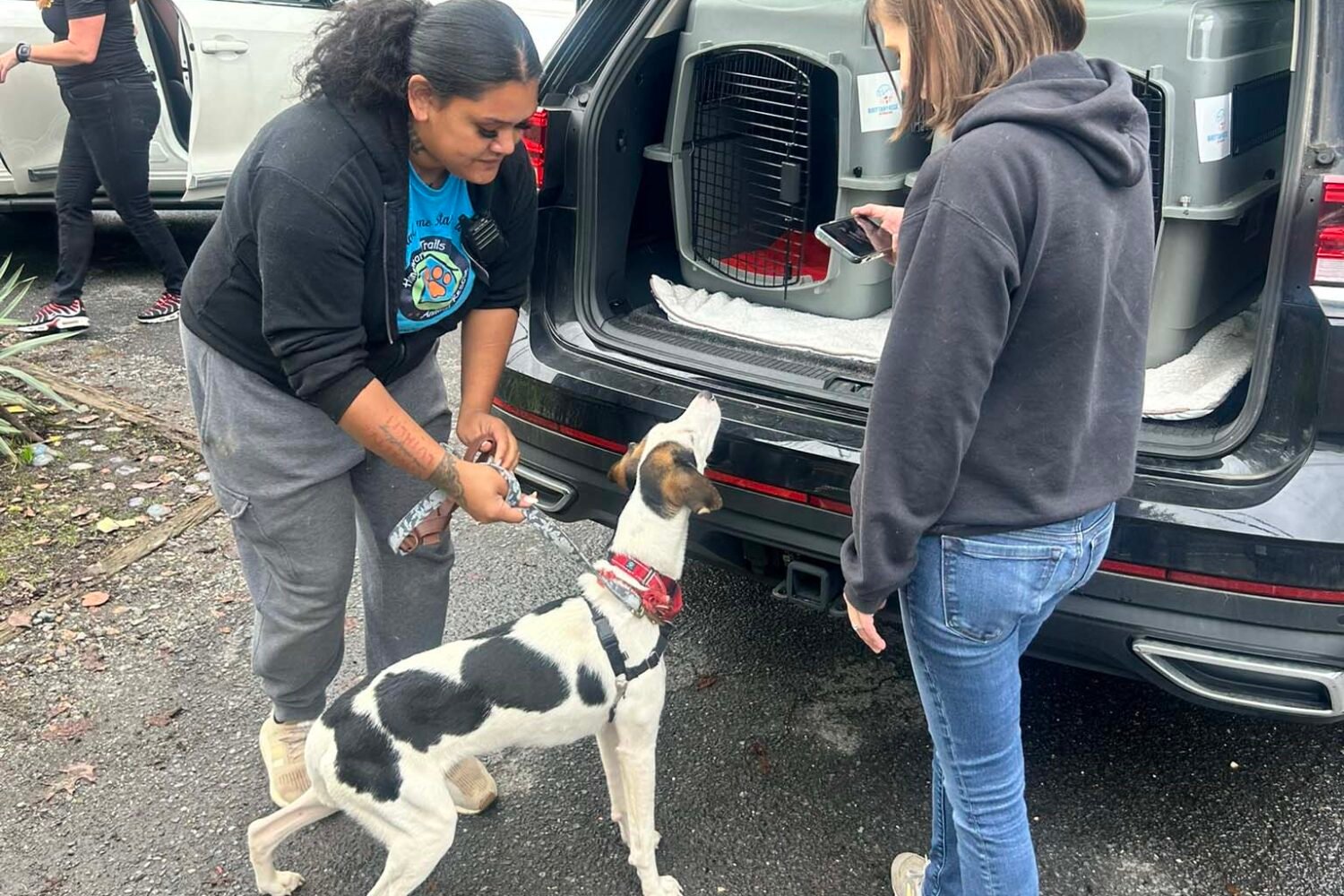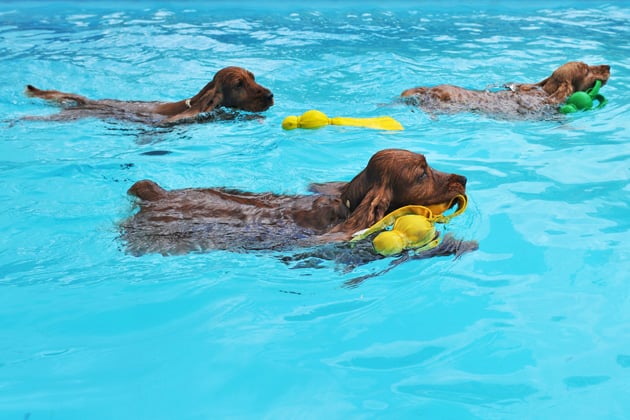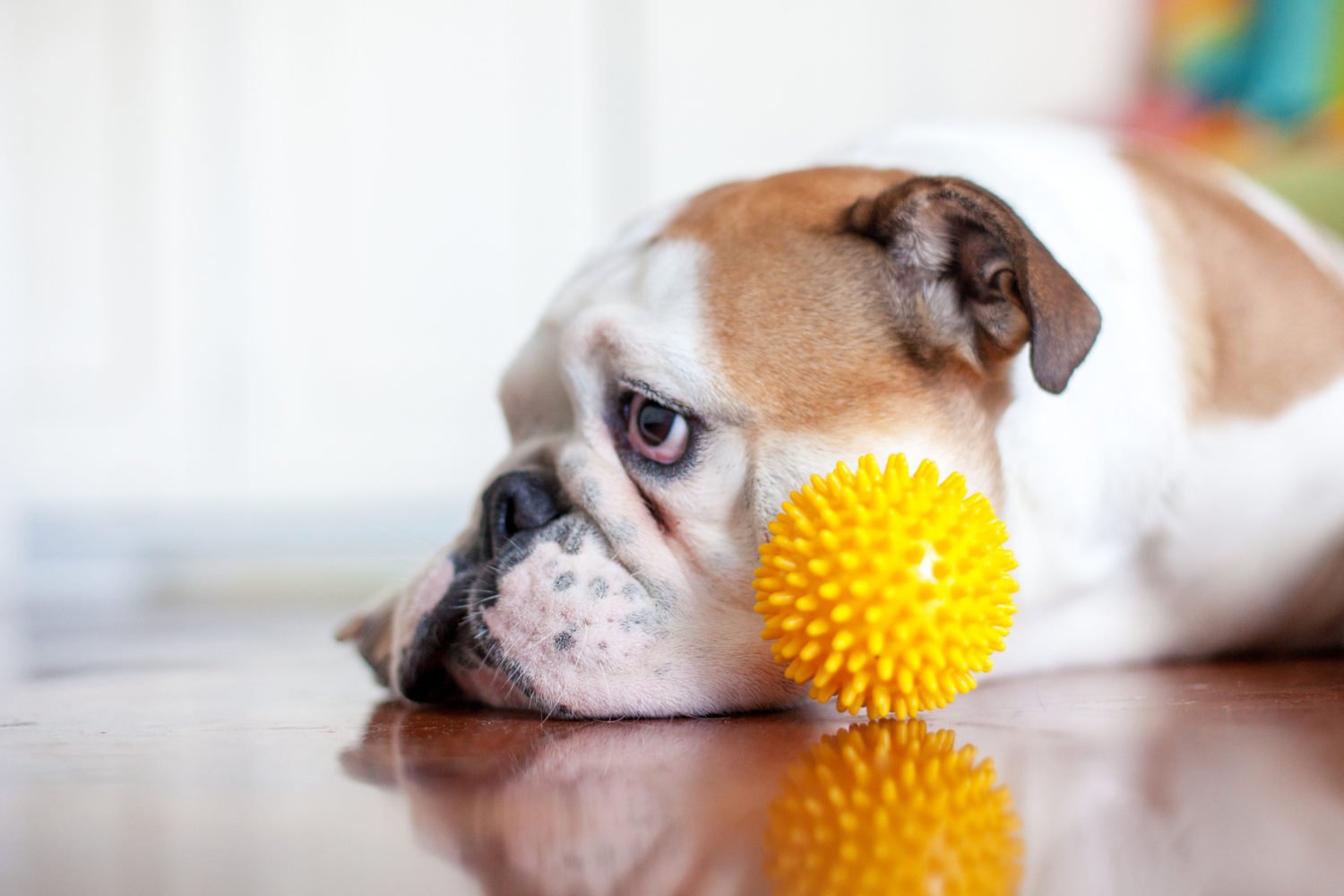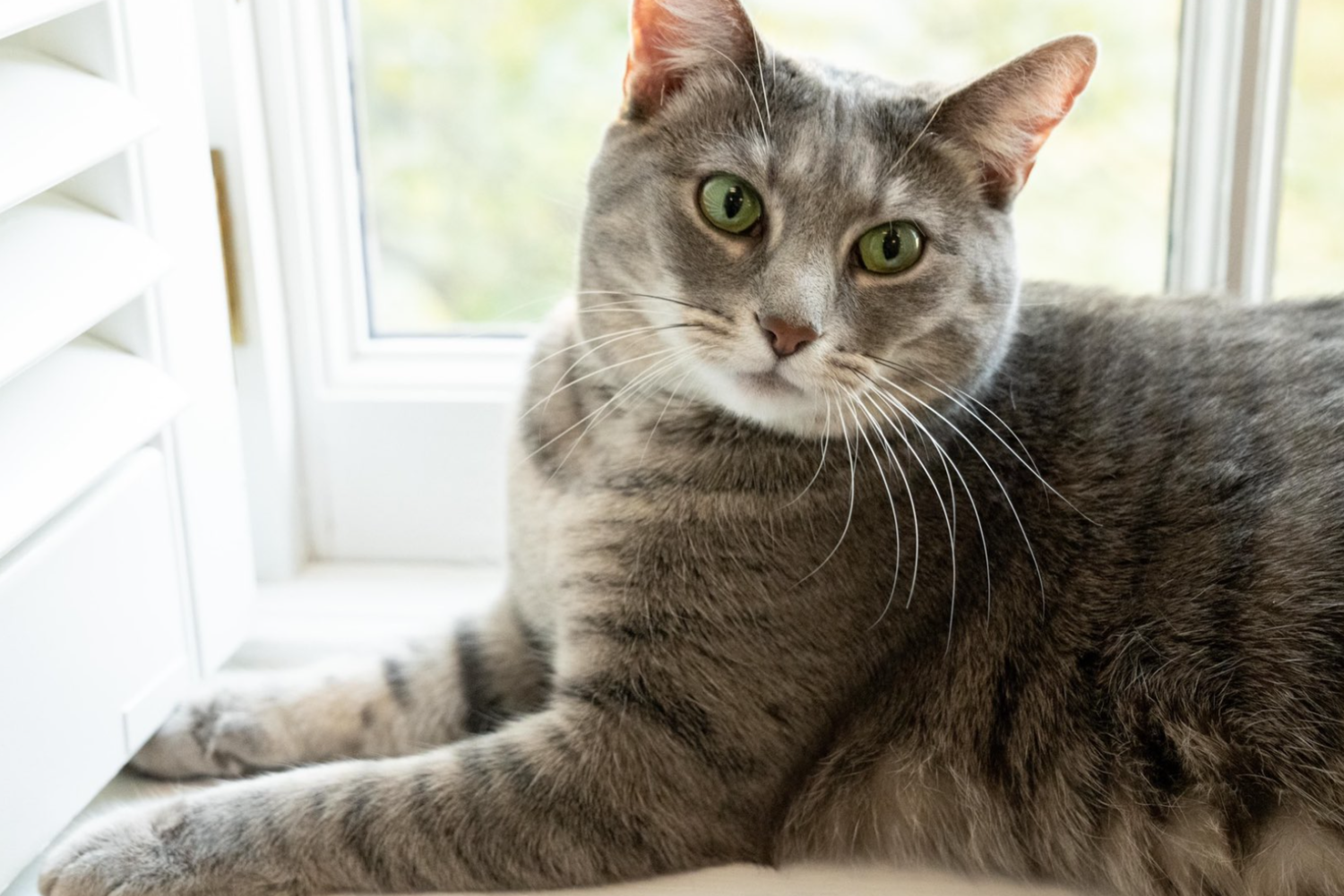Bowser, a plus-size pit bull, doesn’t want to wear his Baywatch-red life jacket.
He’s standing next to one of five swimming pools at K9 Aquatic & Wellness Center in Potomac, resisting his trainer’s attempts to strap him into the thing.
“Bowser has a little trouble with water,” says Jennifer Serpas, explaining her dog’s petulance.
The next pool over, nine-year-old Bosley easily handles the workout that his guardian, Elizabeth Forsythe, says permitted him to kick a prednisone prescription for arthritis. As the giant schnoodle bangs out laps in a nearly 30-foot lane, she records him on her phone. “It’s already on Instagram,” she says proudly.
This place is the first—and so far, only—multi-pool swimming facility for dogs in Washington. Dominique Darcis, a former French Embassy staffer and antiques dealer, opened it just over a year ago. Burnt out on antiques, Darcis had no experience in pet care, just a lifelong love of dogs and, she says, a belief that “swimming is the best exercise for them, as with humans.”
She also spied an opportunity. “The pet business never goes down,” she says. Like acupuncture and massage, the use of water exercises to treat injuries and other ailments has jumped species to become increasingly popular in animal care. Darcis has amassed more than 600 clients, with 30-minute swim sessions typically costing between $35 and $45.
When used in a medical environment—which Darcis’ center is not, since there is no veterinarian on staff—the swim therapy is called hydrotherapy. While the American Veterinary Medical Association doesn’t take an official stance on its effectiveness, spokesman Michael San Filippo says, “People are seeing that it works for themselves, so why not for their dogs?”
Some general veterinary practices—such as Friendship Hospital for Animals in Northwest DC and Greenbriar Veterinary Hospital & Luxury Pet Resort in Frederick—now use water-filled treadmills for their patients. Specialty vets, including Veterinary Orthopedic & Sports Medicine Group in Annapolis Junction, use both treadmills and pools. At Darcis’s center, animals work out individually with “personal trainers.” Her staff aren’t veterinarians—they’re more like swim coaches with experience in fields such as dog obedience and grooming.
As with humans, recovery from orthopedic surgery accounts for much of pet hydrotherapy. Working out in a zero-impact, underwater environment is one of the few ways animals can rebuild post-op muscle strength. Dogs with cancer and other painful conditions make up another group of devotees, because experts say the water soothes their discomfort.
“A good estimate places at 40 percent the number of dogs that experience constant pain,” says Duncan Lascelles, a professor of small-animal surgery and pain management at North Carolina State University, who applauds the growing availability of hydrotherapy for pets.
Another potential use is on display at Greenbriar Veterinary Hospital in Frederick, where sessions on the hydrotherapy treadmill start at $18 for 15 to 20 minutes. Bella, a Belgian Malinois back from serving as a bomb-sniffing dog in Afghanistan, is on the machine, her legs submerged so the water can provide easy resistance as she walks.
“She can’t talk to me, so I don’t know if she has PTSD, but I can tell you she is a super-anxious dog,” says Karen Pearson, one of Bella’s doctors, who adds that the dog’s three weekly treadmill sessions help calm her down. “Afterward, she sleeps much better.”
According to the standards identified by the Maryland Veterinary Board, the K9 Aquatic & Wellness Center in Potomac does not practice hydrotherapy because there are no veterinarians on staff. In the original article, we identified the facility as practicing hydrotherapy, while it is more appropriately described as a multi-pool facility providing swimming classes to dogs, both with and without physical ailments. Additionally, Jennifer Serpas was misquoted as saying her dog’s petulance was due to an earlier fight with his sister, when that was not the case. This version has been corrected.
This article appears in the September 2017 issue of Washingtonian.

